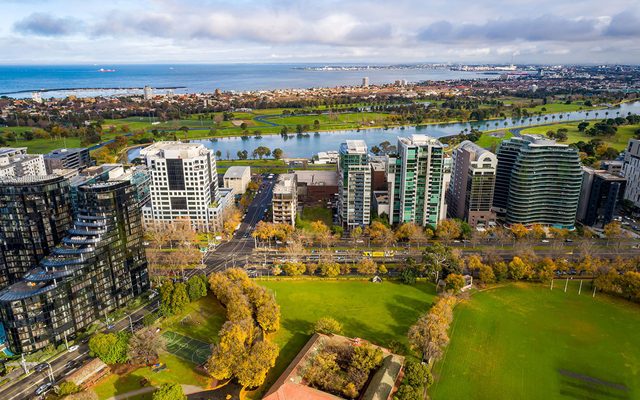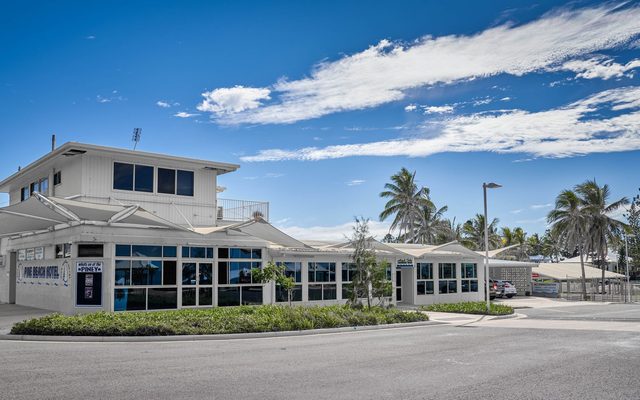This article is from the Australian Property Journal archive
THE Perth residential property market is showing signs of a recovery in more than 18 months, according to the Real Estate Institute of Western Australia 2011 December quarter results.
REIWA president David Airey said the median price for both houses and units increased in Perth, sales were also up 4% to 9,600 deals, and the number of selling days came down.
Although annual dwelling sales for 2011 were the lowest in 20 years.
“In more positive news though, the number of properties on the market was down by 12% on the same time last year, the number of sellers who were discounting fell and the average level of discount being offered by these vendors was reduced,” he noted.
Airey said the modest increase in Perth’s median house price is due to the growing numbers of upgrade buyers, particularly in the $500,000 to $700,000 price range.
“When you look at all the market indicators together to get a wider picture you can see that buyers and sellers are becoming more confident and things really do look like they’re settling down into a more normal pattern,” he continued.
According to the REIWA, the metropolitan median house price is likely to settle at around $465,000, up by $5,000 on the September quarter, whilst units and apartments increased by a modest $2,000 to a median of $395,000.
In regional WA, the median house price dipped by $5,000 to $360,000, but the smaller unit and apartment market increased by almost 4%, possibly due to the composition of sales, and lifting the median for multi-residential dwellings outside of Perth to $330,000.
In the regions, only Port Hedland and Carnarvon saw positive growth with 7.6% and 12.1% respectively in the year to December, however the exceptional growth in Karratha may have come to end, with the mining town recording a fall of 4.6% during 2011.
“Overall, regional markets went backwards by almost 3% over last year with some places taking a harder hit than most, including Mandurah-Murray (-6.3%), and the Augusta-Margaret River region (-10.3%). Throughout the state the stronger regional markets have been Broome, Carnarvon, Geraldton, Kalgoorlie, Karratha and Port Hedland, all of which reflect the influence of the mining and resources sector on the housing system,” Airey said.
The number of selling days fell by four to 77 and the price of land in Perth seems fairly stable, with a typical block costing around $240,000.
“The number of listings dropped from 14,960 in September to 13,514 in December, which means the oversupply of properties in the market has greatly reduced and almost returned to the long term equilibrium of 12,000 listings.
“Of course, we need to factor in the sellers who remove their properties from the market over the Christmas holidays and re-list them in the New Year, so we may see the listings swell in the March quarter and I note the increase of 650 properties in January,” he added.
First home buyers remain active, representing around 29% of all sales and up from a more usual 23% of market activity.
“Despite this, it seems many people are opting to rent rather than buy, perhaps waiting for clearer signs of the market bottoming out and the general economy improving before they commit to a purchase.
“As a result, the rental vacancy rate in Perth has tightened to 2.3% and rents for houses increased by $20 to a metropolitan median of $420 per week. Median rents for flats, units, apartments, villas and townhouses remained steady at $380 per week,” Airey concluded.
PropertyReview



